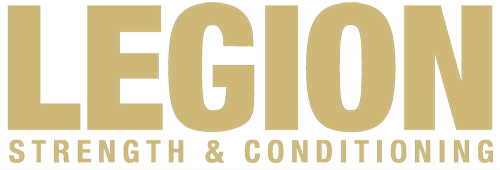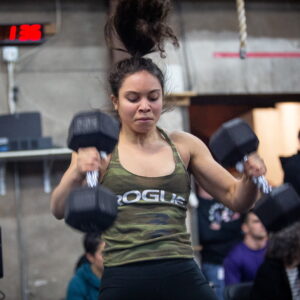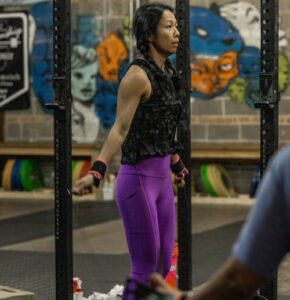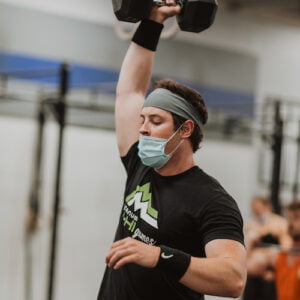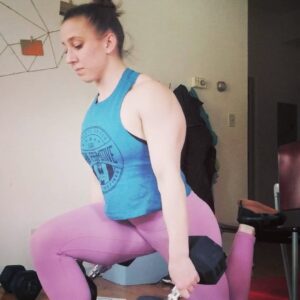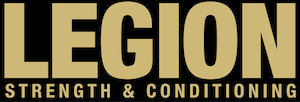Athletes often have questions about their training sessions like:
“What’s the point of this session?”
“What time should I be shooting for on this?”
“What muscle group is this working?”
While these questions are often relevant, coaches need to be able to help athletes zoom out and see the bigger picture, rather than getting caught up in the weeds of their day-to-day training results.
This isn’t just about preventing temper tantrums and insecurity from a bad day in the gym. This is also about understanding that the sport of CrossFit is extremely messy and chaotic, and simple performance metrics rarely capture enough information to be very helpful.
So, if athletes can reframe their focus from trying to hit specific metrics in every training session and instead optimize for bigger picture learning and development, they will get better faster – and have less emotional pain while doing so.
Check out the full conversation with Jon, Luke, and Todd to learn:
- Why having metrics is really important for tracking performance – and what happens when people start focusing too much on their specific numbers
- How to reframe training sessions from an assignment focused on hitting a specific number, to an opportunity to learn and gain experience
- Why coaches shouldn’t just answer clients’ questions – but instead dig deeper and figure out what the real question being asked is
Listen Here
- iTunes
- Overcast
- Google Podcasts
- mp3
- Or stream here:
- If you’re enjoying the show, why not a leave a review? It makes a difference in terms of other people finding the show.
Show Notes:
- [00:13] Athletes often want to know what time they should be shooting for on a specific training session. Or what the goal of the session is. Or what muscle group they’re targeting. These are all good questions – and are best answered by understanding how to know when to focus on the “trees” and when to focus on the “forest.”
- [06:15] Training sessions are often better thought of as “an opportunity to learn and gain experience” rather than super specific session with a very particular goal.
- [11:23] Any time people have a metric to shoot for, they will inevitably end up gaming their results to hit that metric. This is especially dangerous in a sport like CrossFit where the most commonly used performance metrics like 1RM strength, cyclical time trials, and max sets of gymnastics don’t have a lot to do with actual performance in the sport.
- [20:29] The role of a coach is often to interpret athletes’ questions and figure out what they’re really asking – rather than just giving an answer to the question on the table.
